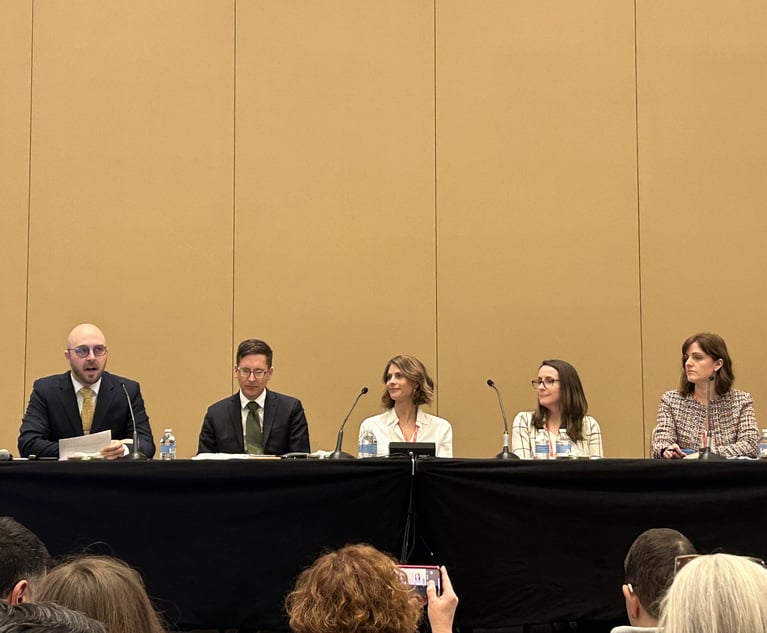This is the second article in a three-part series analyzing key developments in the area of biometric privacy that took place in 2021, as well as what companies can expect in 2022. Part one took a look back at the major developments of 2021 and the current legal landscape as it exists as we enter 2022. Part two explores what companies can expect in the biometric privacy arena over the next year. And part three offers tips and strategies for companies to maintain compliance with both current and anticipated biometric privacy laws based on lessons learned to date.
2021 brought with it many significant developments in the biometric privacy space, with Illinois Biometric Information Privacy Act (BIPA) class litigation continuing apace, decisions expanding the scope of BIPA liability exposure, new laws imposing greater requirements and restrictions over the collection and use of biometric data, and additional (albeit unsuccessful) efforts by other legislatures to exert greater control over the commercial use of biometrics.
This content has been archived. It is available through our partners, LexisNexis® and Bloomberg Law.
To view this content, please continue to their sites.
Not a Lexis Subscriber?
Subscribe Now
Not a Bloomberg Law Subscriber?
Subscribe Now
LexisNexis® and Bloomberg Law are third party online distributors of the broad collection of current and archived versions of ALM's legal news publications. LexisNexis® and Bloomberg Law customers are able to access and use ALM's content, including content from the National Law Journal, The American Lawyer, Legaltech News, The New York Law Journal, and Corporate Counsel, as well as other sources of legal information.
For questions call 1-877-256-2472 or contact us at [email protected]


 Credit: HQuality/Shutterstock.com
Credit: HQuality/Shutterstock.com




